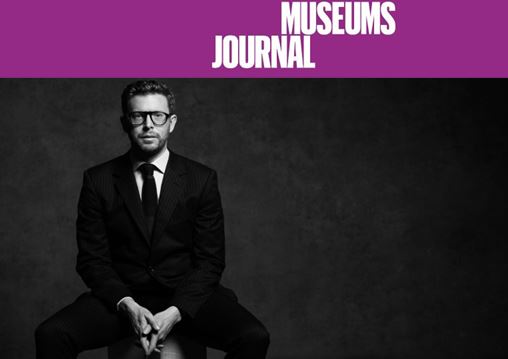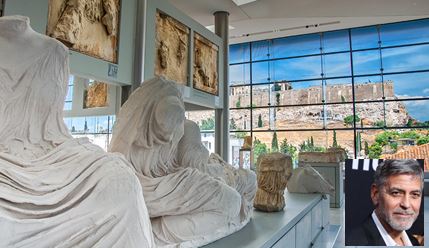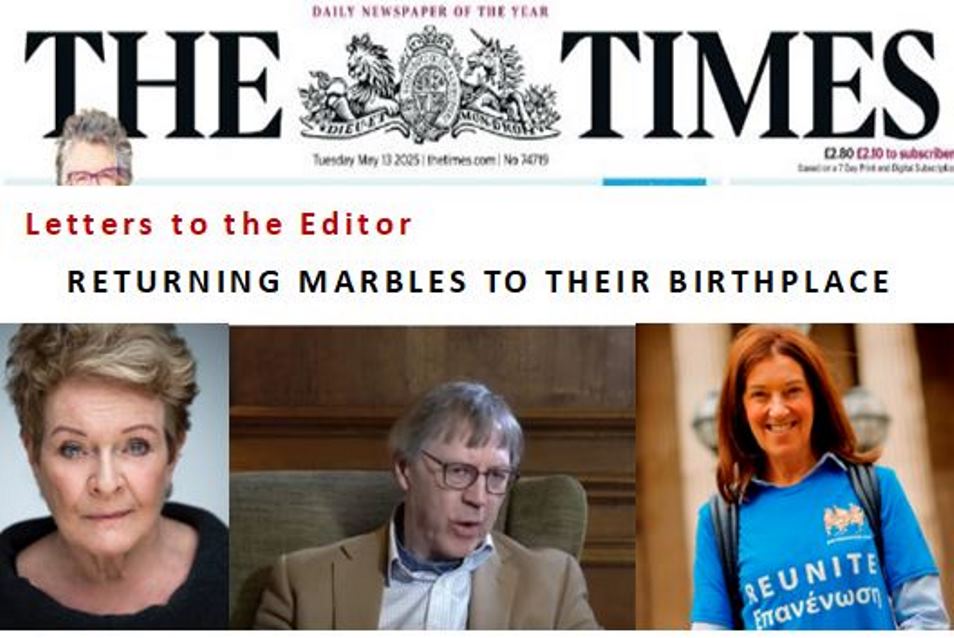It is one of the wonders of antiquity and reunifying it would be an act of reverence, writes Alf Dubs. Letter published in the Guardian 27 February 2022.
It was with some surprise that I read the reunification of parts of one of the greatest works of classic antiquity described as a herald of “cultural cleansing” in a letter (16 February) on the question of the return of the Parthenon sculptures.
The removal of 75 metres of the Parthenon’s frieze, 15 metopes and 17 pedimental figures from Athens represents at best an abuse of power by Lord Elgin, and at worst an act of vandalism and spoliation that far exceeded the bounds of the dubious permission granted to him to “take away some pieces of stone” which were “preserved in rubble” around the Parthenon.
Labour, House of Lords





Comments powered by CComment